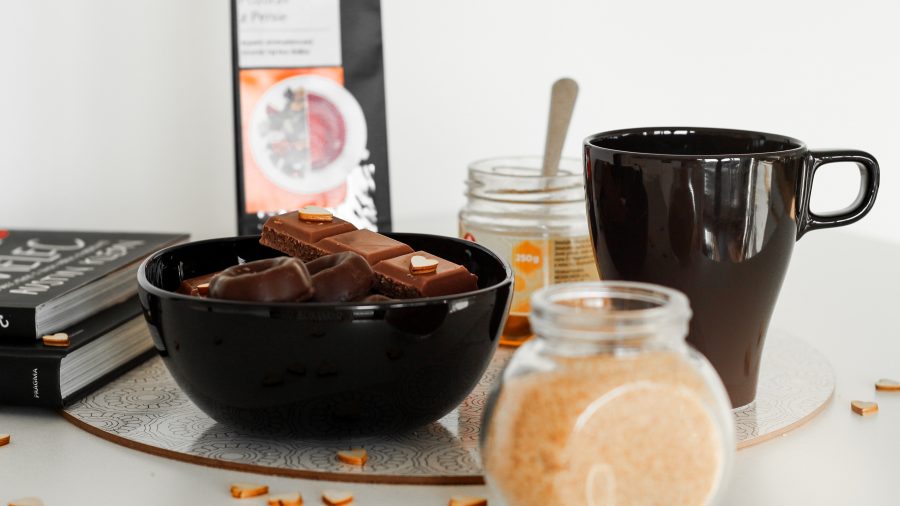For all the advanced technology available to chocolatiers today, one of their most important tools is also one of the oldest: a large slab of stone in their kitchen. While you may have seen the large marble, quartz, or granite countertop on a tour of a candy factory or on a behind-the-scenes food show, you may wonder why stone is such an attractive option for chocolatiers of all types. To provide further insight, here are a few reasons why stone makes an excellent material for chocolate-making.

Holds its Temperature
Stone of all types is naturally temperature-resistant. This means that it takes a long time for the stone to change its temperature, even when exposed to extreme temperatures. Plus, for the most part, stone tends to remain cooler than the surrounding air unless exposed to a direct heat source. These properties make stone an excellent choice for working with chocolate, as a stone countertop will wick heat away from the chocolate. This allows the chocolate to cool more quickly, ensuring it won’t burn the hands of the chocolatier. At the same time, because the stone is cool, not cold, the chocolate remains malleable, allowing it to be transformed into the works of art that the chocolatier will offer for sale.
Non-Porous
Non-stone countertops, such as tile, wood, or laminate are inherently porous due to the cellular structure of the materials they’re made of. Stone countertops, on the other hand, are naturally non-porous, another important trait for working with chocolate. For example, a quartz countertop, in addition to being beautiful, won’t hold onto germs that may find their way onto the surface of the countertop. This makes it easy to clean to ensure no pathogens are passed along into the chocolate, preventing illnesses from being passed along to the end customer.
Waterproof
Given the liquid nature of melted chocolate, it’s important that the surface used to mold the chocolate is completely waterproof. If it’s not, you’ll end up with a soggy countertop that will break down and become unusable, over time. Fortunately, stone countertops are completely waterproof, ensuring that the liquid chocolate won’t penetrate the surface of the countertop, even when it’s fresh out of the kettle.
Easy-to-Clean
From kids’ faces to light-colored couches, chocolate can make a mess of just about anything it touches. You can imagine, then, that if you were to utilize a countertop that was difficult to clean, you’d always have a mess on your hands. Since stone countertops offer a solid surface, though, they are inherently easy to clean, even if you only use a wet cloth to clean them. This means you can clean up from one batch of chocolate quickly and move on to the next one, improving efficiency and productivity.
Great for All
Chocolatiers have rigorous demands when it comes to their cooking equipment. Therefore, if a material is good enough to survive the rigors of a chocolate shop, it will definitely stand up to any tests you may throw at it in your home. This means that stone countertops, a great choice for chocolatiers, make a great choice for home confection creators, as well.